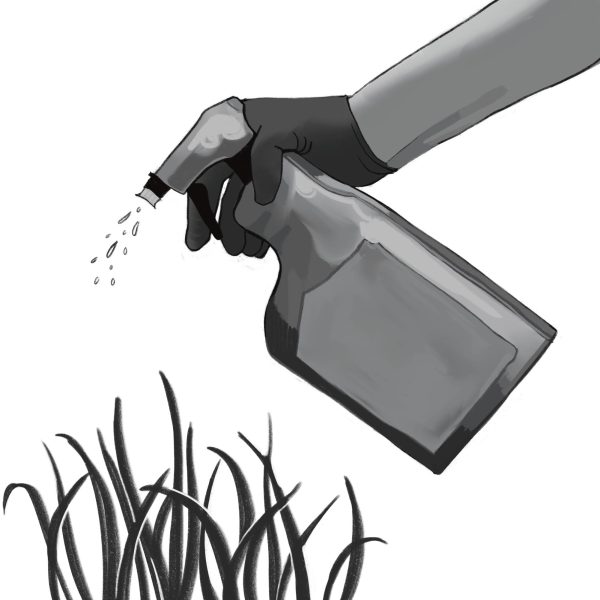
The Whitman College website proudly boasts a one-to-one student-to-tree ratio. The factuality of this claim is up for debate, but that’s not the point. Whitman’s campus is certainly greener than average in terms of landscaping. The combination of deciduous and coniferous trees, ample shrubbery, and bright green lawns creates a specific aesthetic. Stepping onto campus can almost feel like walking into the setting of a cozy fairytale.
The contrast with other urbanized parts of Walla Walla is stark. The amount of greenery makes the campus feel more natural, but when compared to untouched parts of the Walla Walla Valley, a different image emerges. Many of the plants that make up Whitman’s landscape are not native to the region. Some are even invasive.
This issue raises questions as to where this aesthetic even comes from and why non-native plants seem so essential to it.
Whitman’s colonial roots are no secret. Its namesake, Marcus Whitman, was a figurehead of westward expansion and colonialism. The institution has only in recent years begun reckoning with this unsettling history. One part of this reckoning is changing the landscape.
Senior Rachel Kennedy, founding member and current president of the Native Plant Restoration Coalition (NPRC), had similar questions during her sophomore year, while living in the Environmental Studies Interest House. She and her housemates took notice of the presence of invasive species within Whitman’s landscape and decided to do something about it.
“We were like, ‘There’s a lot of this invasive English Ivy. It’d be really cool if we could swap it out and put in more native plants, right?’” Kennedy said.
It was shortly thereafter that the NPRC was born. In the time since, the club has been able to create change on campus. Notably, you may have noticed their Native Plant Restoration Site, located right next to Reid Campus Center and directly in front of the Third Space Center.
Native plant restoration is a cause within environmental justice that is far too often under prioritized. After all, not all non-native plants are problematic. Next to the amphitheater, there is an edible garden which grows raspberries, oregano and other plants, many of which do not naturally grow in the Walla Walla area or even the greater Columbia Plateau region without human intervention. But their presence on campus does not necessarily threaten the local ecosystem.
On the other hand, invasive plants outcompete other plants for water and nutrients, which disrupts local ecologies. English Ivy, for example, is all over campus, especially near the streams. It’s not always realized as a problem until it’s too late, once the presence of invasive plants becomes overwhelming and notable damage to an ecosystem has already been enacted.
“[Native plants] help to improve biodiversity of an area,” said Kennedy. “A lot of our founding members really cared about it for the decolonial aspect of having more indigenous plants on our campus.”
Student initiatives play an important role in bringing about change on campus. At the time of its formation, the NPRC was able to see progress on its goals by speaking directly to the administration and groundskeeping.
“It all occurred back when the Trees and Landscape Committee meetings used to happen. Those were just open forum discussions that anyone could go to — community members, students, whoever — and voice any concerns they had about landscaping,” Kennedy said.
In the years since, following Peter Harvey’s retirement as Whitman’s chief financial officer, these open meetings have ceased to occur.
“[The meetings] stopped happening and they transitioned instead to grounds and landscaping being more like a member of PSAC (the President’s Sustainability Advisory Committee),” Kennedy said.
Kennedy currently serves as a student representative on PSAC, which is a group made up of staff, faculty and ASWC-selected students that meets monthly with the expressed purpose of developing “a direction for an increased commitment to sustainability campus-wide,” per the Whitman College website. While the existence of PSAC seems to demonstrate the institution’s receptivity to changes within landscaping, the transition has made it more difficult for students who are not already involved to have their voices heard.
“With the Trees and Landscape Committee meeting, it was an open monthly meeting [that] happened in the same place [each time]. [Students] got an email about it, so it was more discussed and talked about compared to the PSAC meetings, which I think a lot of students simply aren’t aware of,” Kennedy said, in reference to the shift.
There are members of groundskeeping staff who have expressed openness in working with students.
“I like that students get involved and have started projects and changed the landscape for something better,” said Whitman Arborist Kirk Huffey.
Huffey has held this position for the past 12 years. While he is primarily focused on tree maintenance, his work also extends into other aspects of landscape maintenance, like weeding or tending to flower beds. As a Whitman alumnus (class of 1995), he has appreciated being able to work directly with students while on staff.
“Throughout history, there’s been projects that start… then those students leave and no new students follow up and take care of it, so grounds ends up caring for it,” Huffey said. “In particular, I care for a lot of what we consider our ‘alternative landscapes’ here on campus. So I take care of the edible plant garden, the water wise garden and the Pollinator Bee Garden over by the facilities.”
There are, however, times in which groundskeeping’s goals differ from students’. Specifically, there was an instance last fall in advance of the Third Space Center’s opening where the Native Plant Restoration Site was sprayed with glyphosate, a non-selective herbicide that is a “probable carcinogen.” This resulted in a significant setback in the NPRC’s goals of increasing the presence of native plants on campus.
Huffey has confirmed groundskeeping’s use of glyphosate, but highlighted that its use on campus has decreased in recent years.
“The first four or five [years] I was here, it was used more than I liked,” said Huffey. “Just in general chemicals were used more, but since that time it’s decreased.”
Huffey has been an advocate within the groundskeeping crew for moving away from herbicides. He emphasized that he’s been finding less harmful alternatives to herbicides.
“I started learning about all the benefits of arbor chipping your roots,” said Huffey. “It keeps the temperature more consistent during the winter and summer. It decreases the competition that the trees have with the grass and the weeds. There’s fungus or mycelium, so it introduces the mycelium into the root zone and soil. The whole crew is really on board with using the wood chips, and we get local tree companies to bring us so we get them for free. I also chip all the prunings I do on campus.”
Ava Frans, a sophomore member of NPRC, expressed gratitude for the fact that there are members of the groundskeeping staff who are committed to sustainability.
“People like Kirk [are] on the grounds crew trying their best to minimize the use of herbicides,” said Frans.
In addition to the NPRC, Frans is also involved with Whitman’s student-run Organic Garden. The values from NPRC, specifically the emphasis on non-harmful pest management, carry over into her work in the garden.
“It’s really important to us that we only use natural methods to deter pests,” said Frans. “We don’t want to be consuming herbicides and pesticides and our produce, especially when you have community members coming and picking produce.”
While the path hasn’t been perfectly smooth, the work that these student-led organizations have been doing is crucial. The community-focused ideals central to the Organic Garden and decolonial goals central to NPRC are driving change on campus. These projects are essential in the push towards sustainable landscaping practices at Whitman.

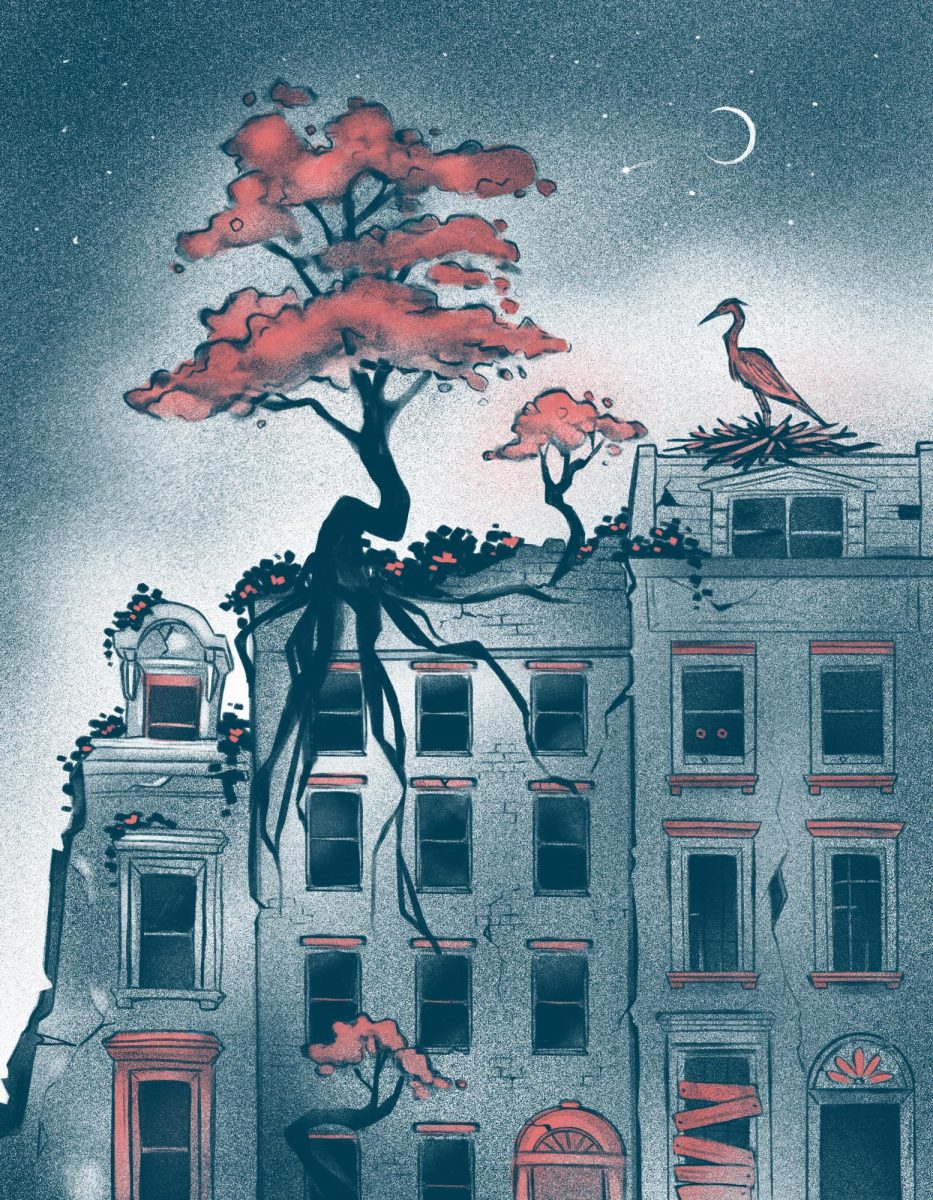
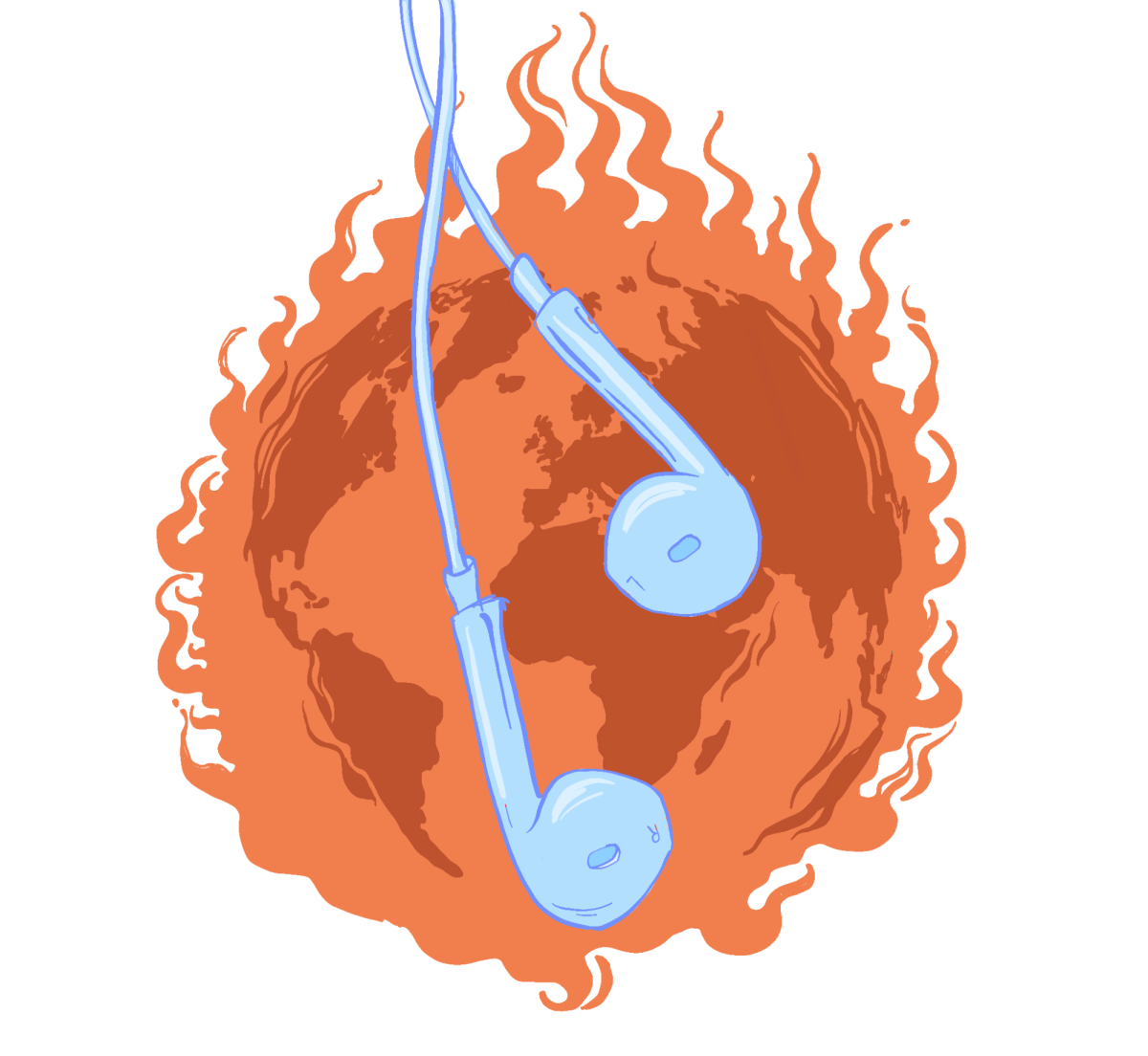
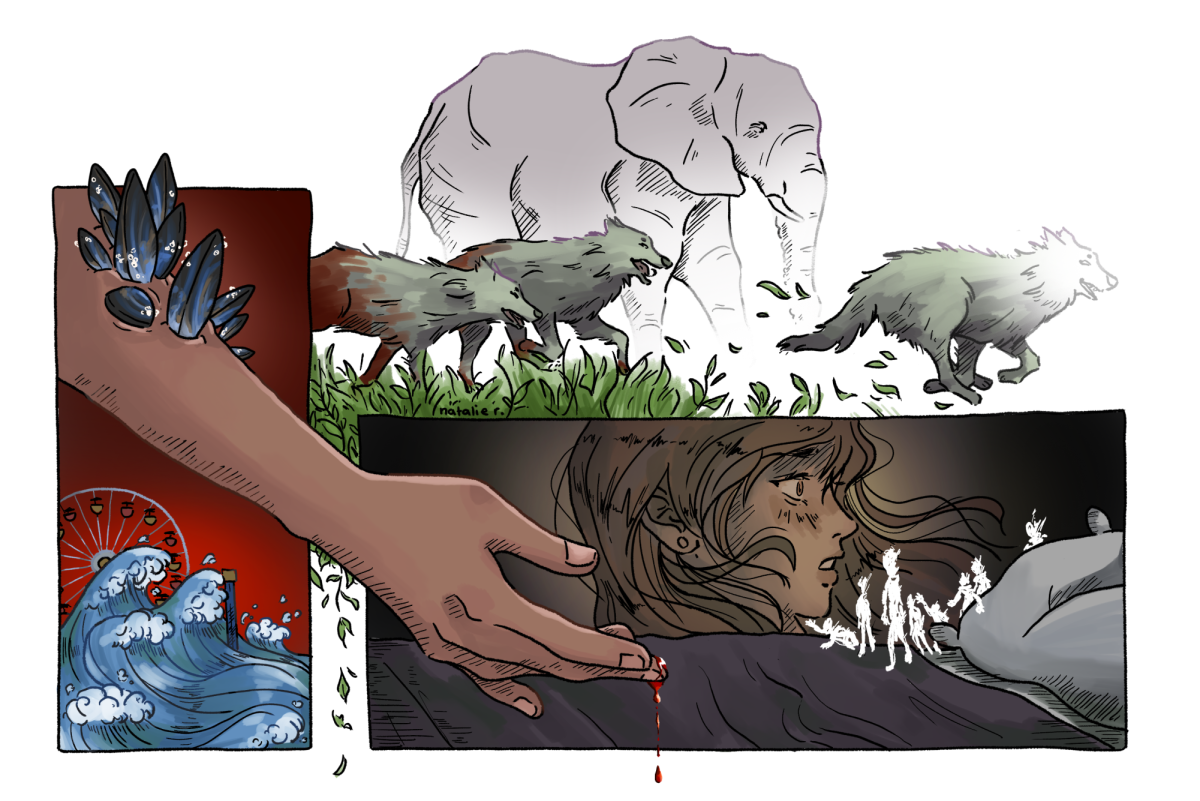
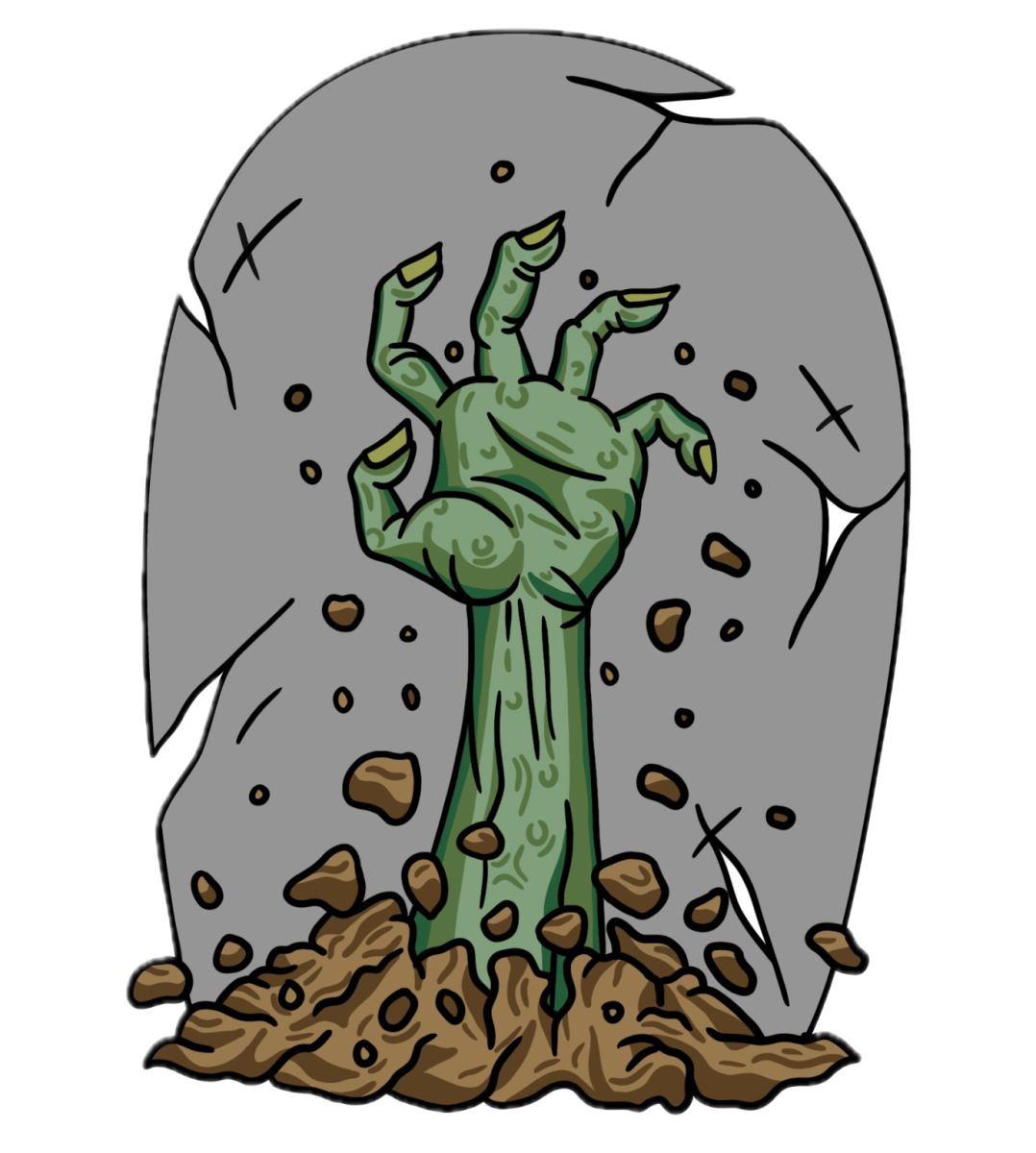
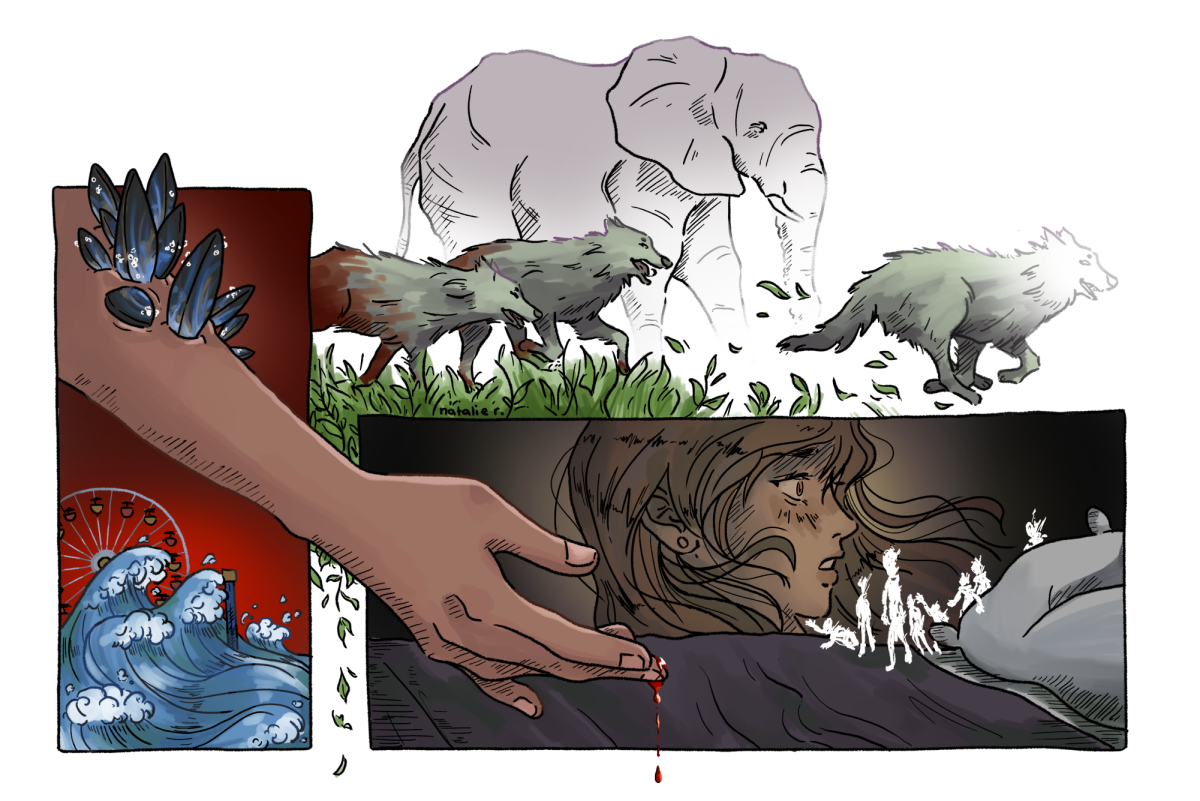
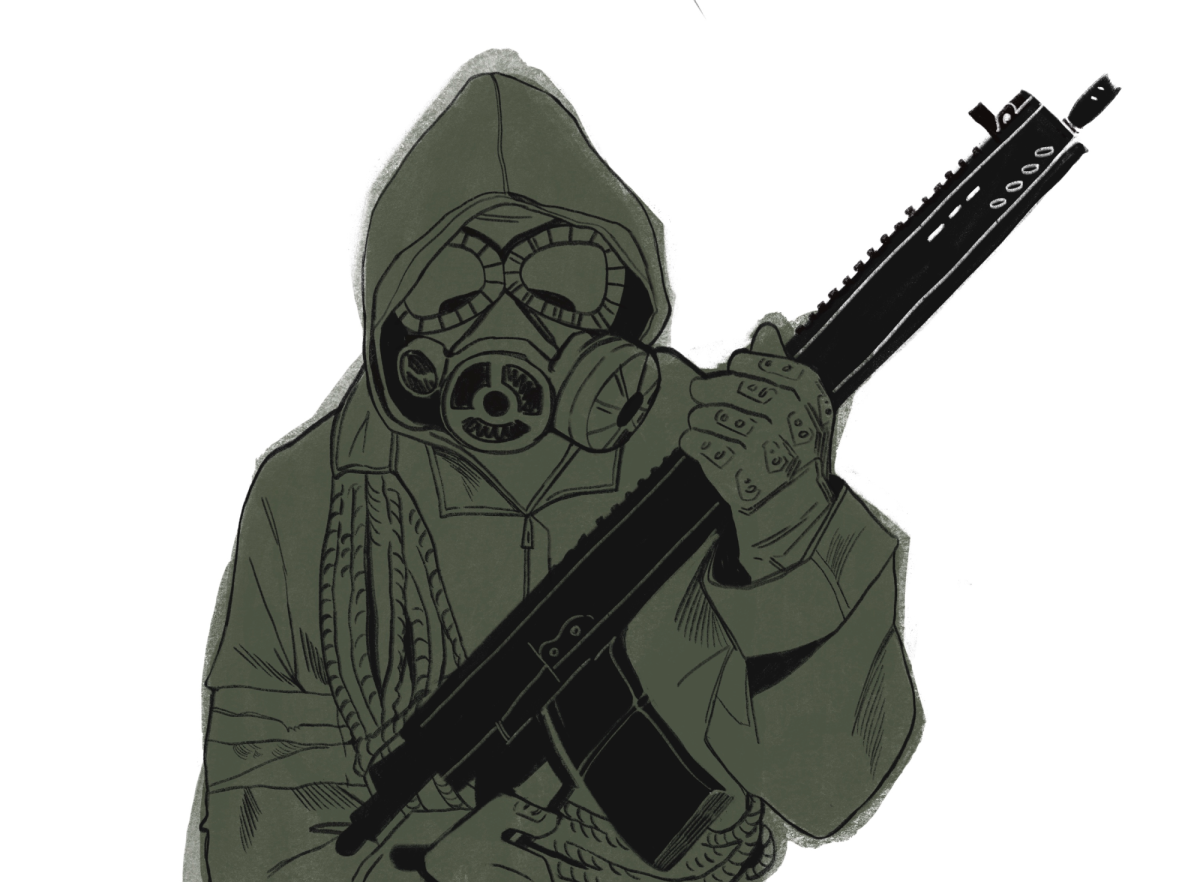
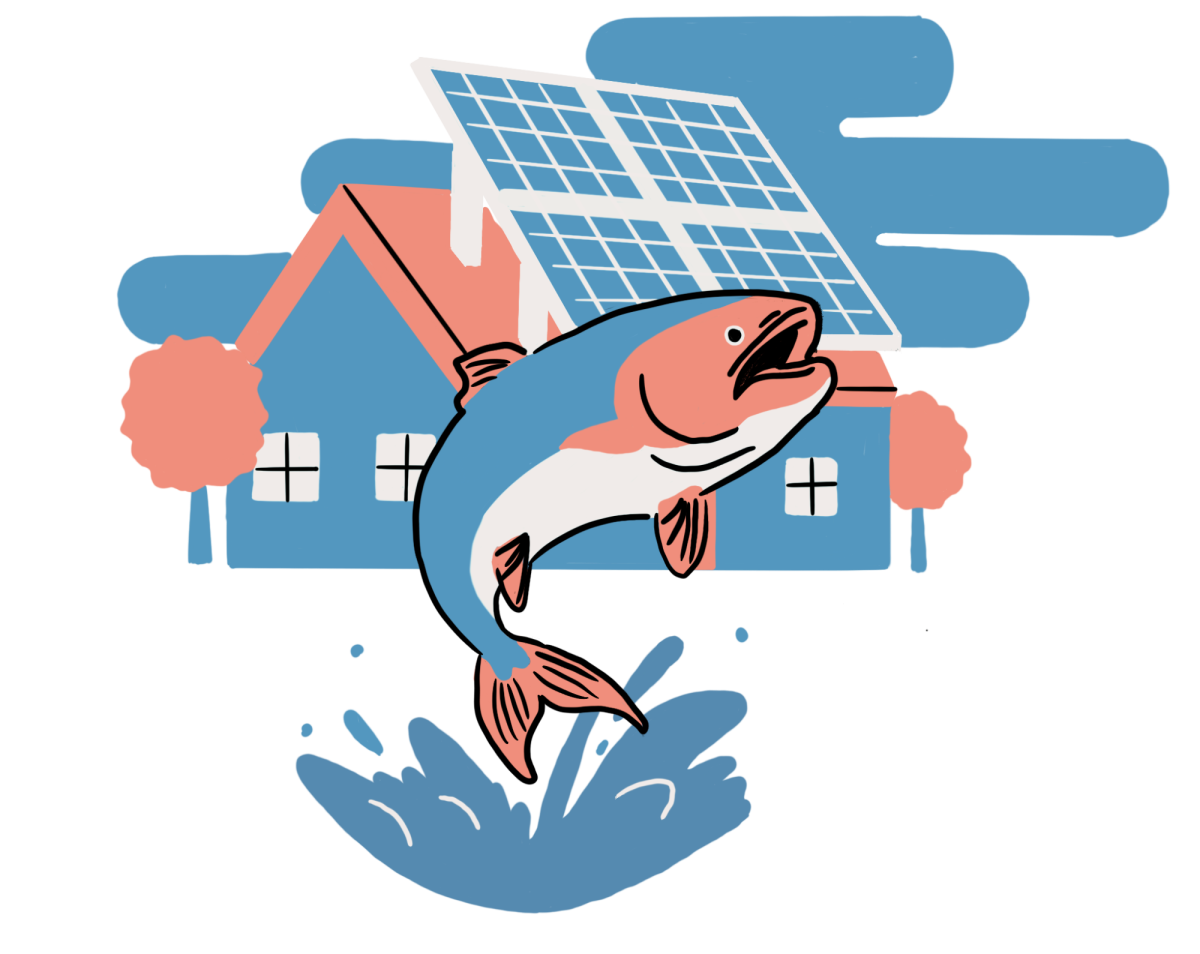
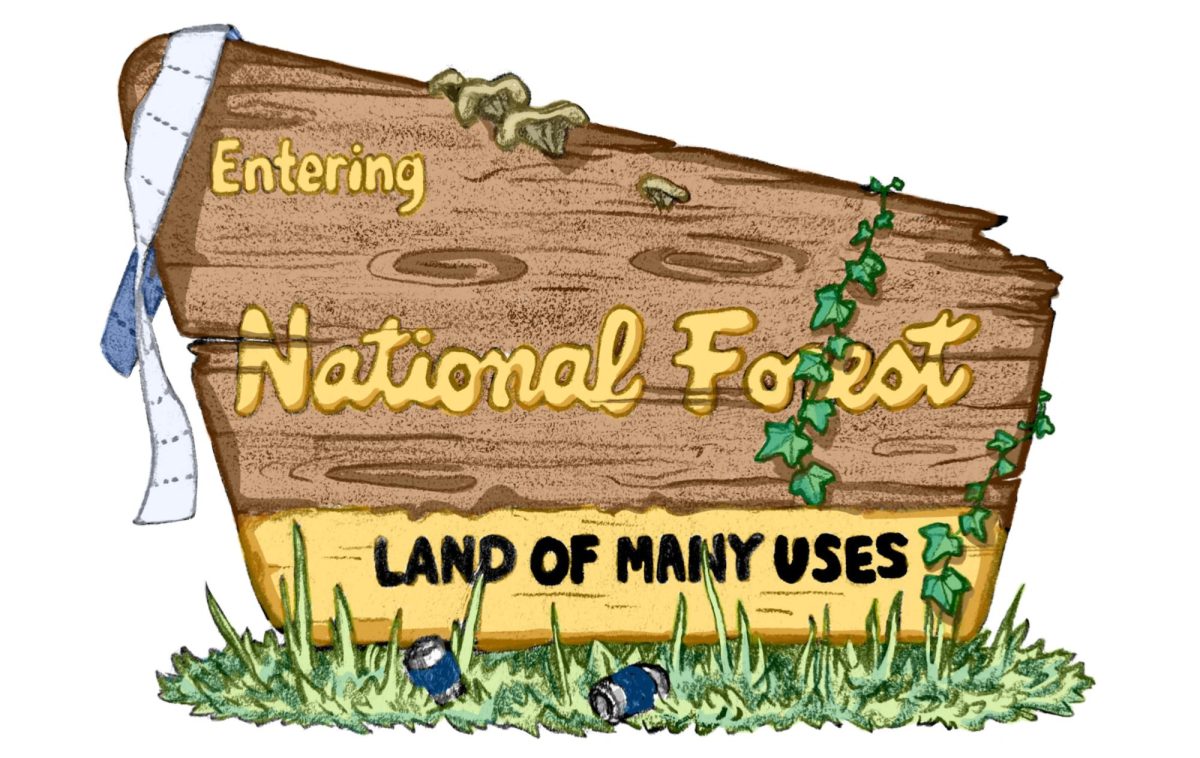
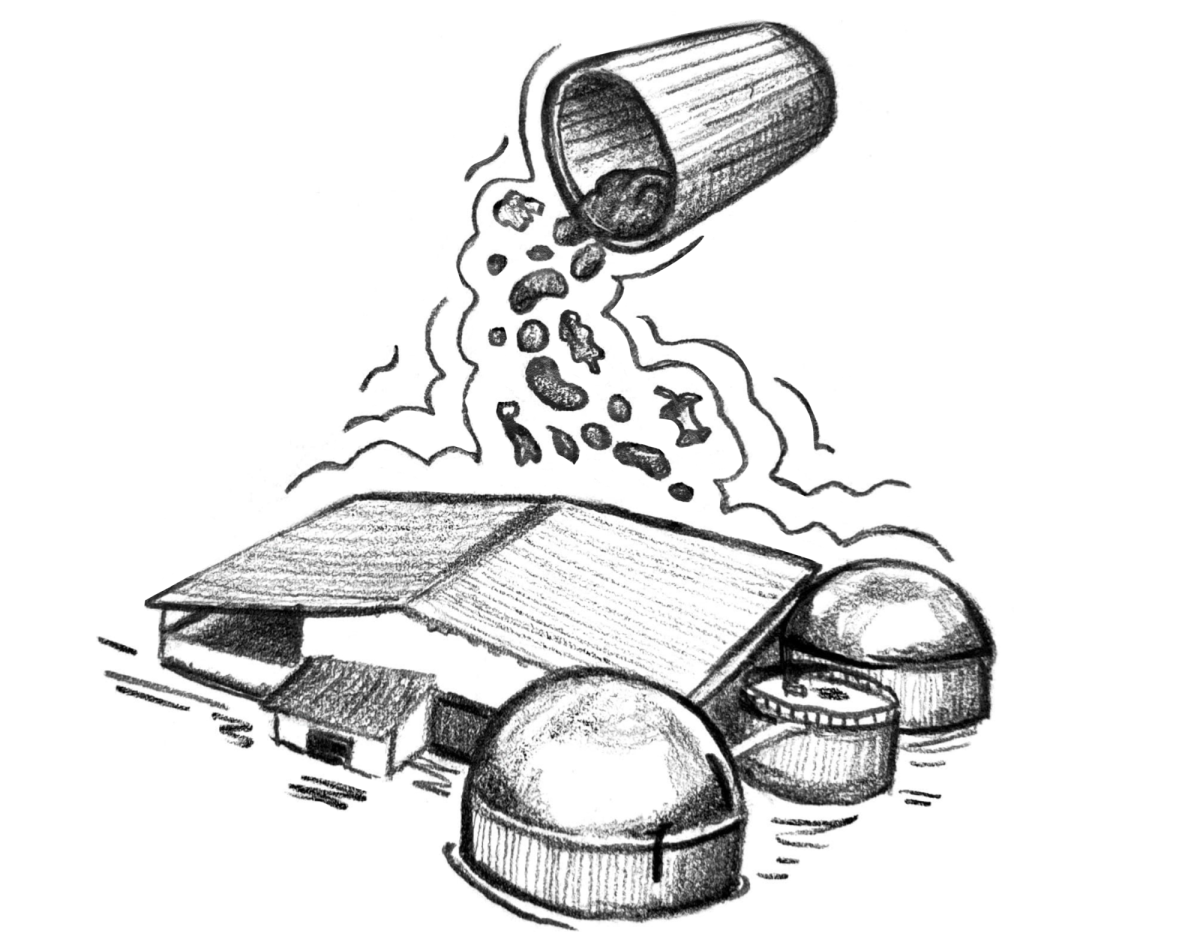
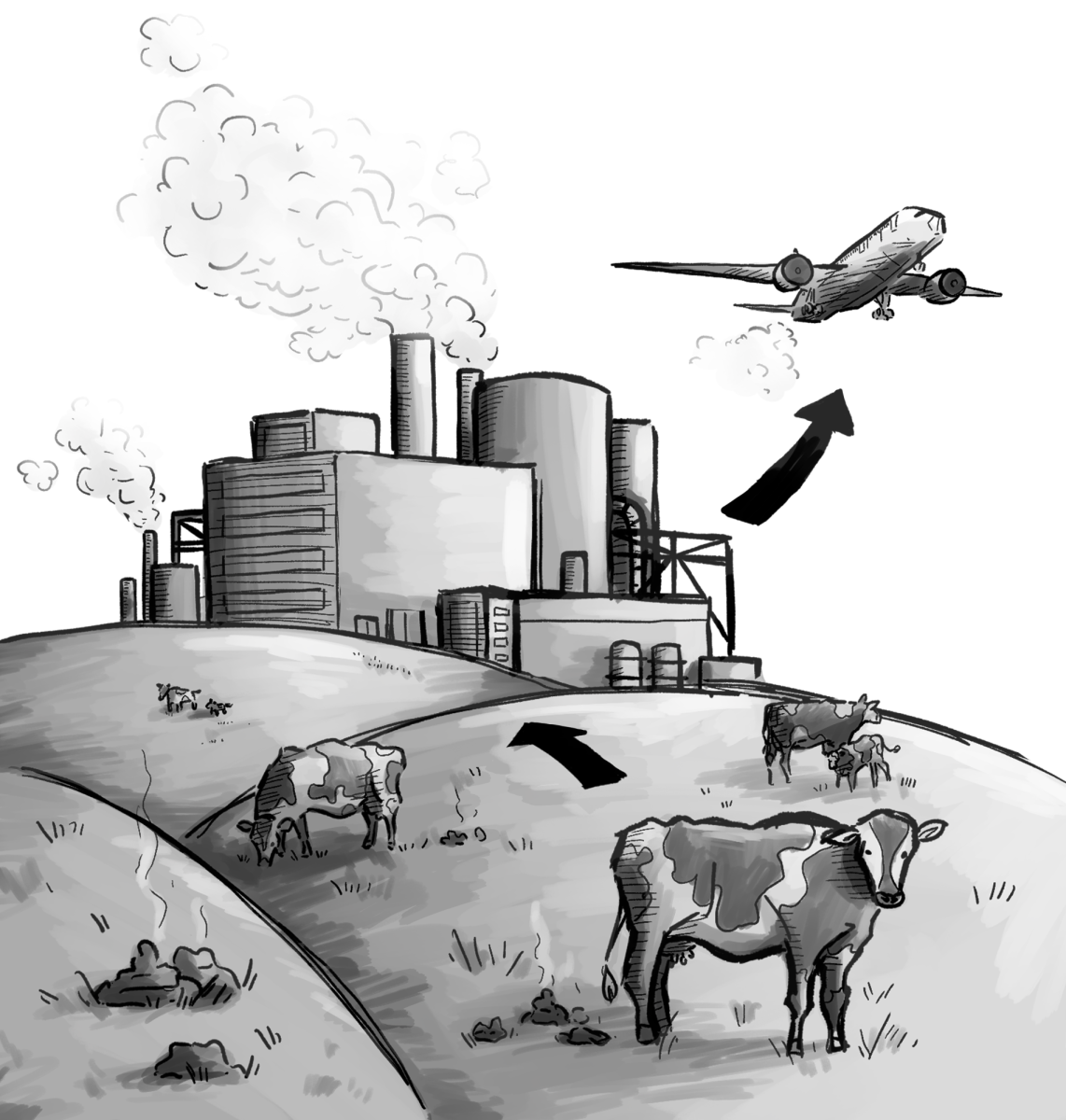
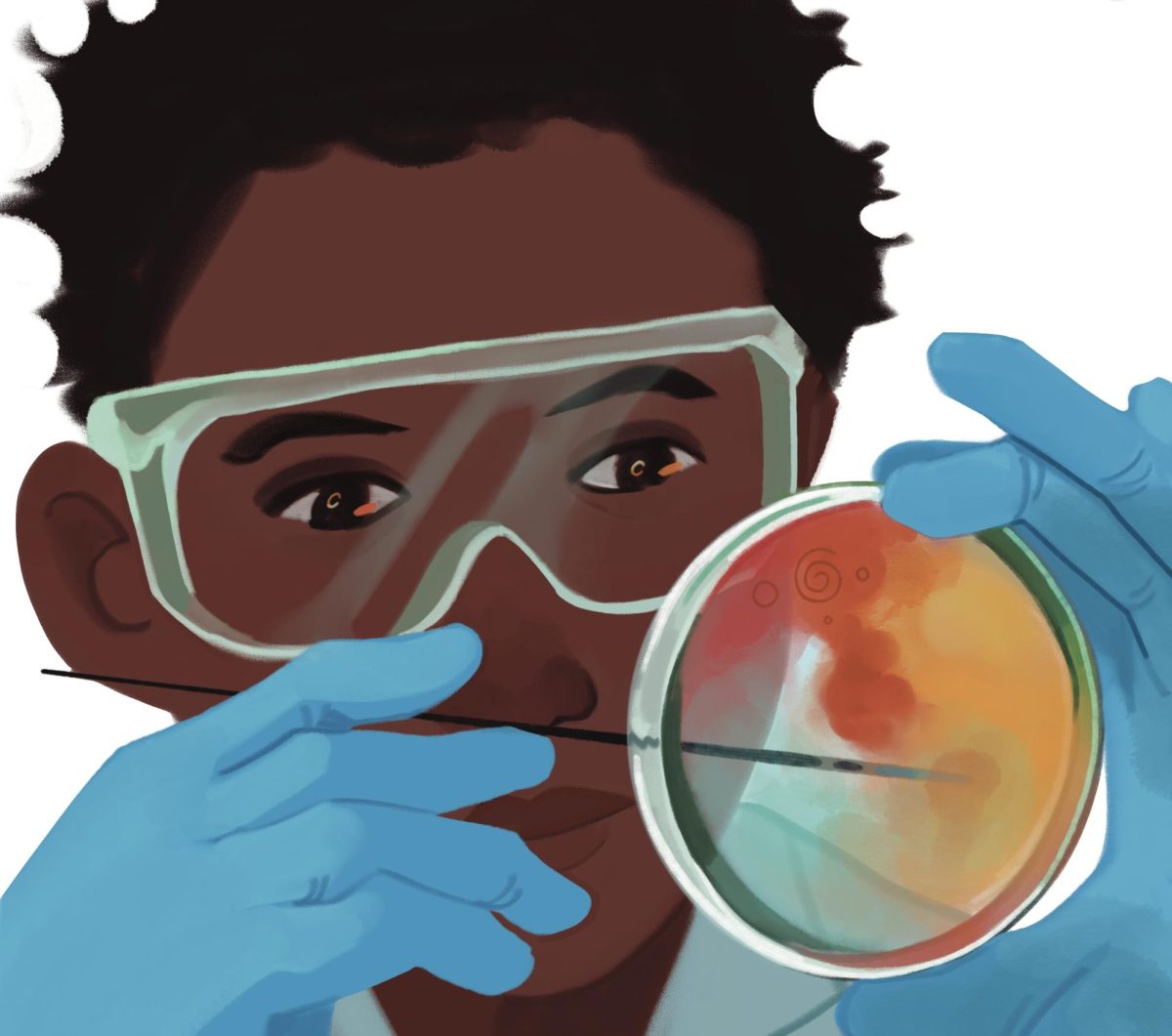
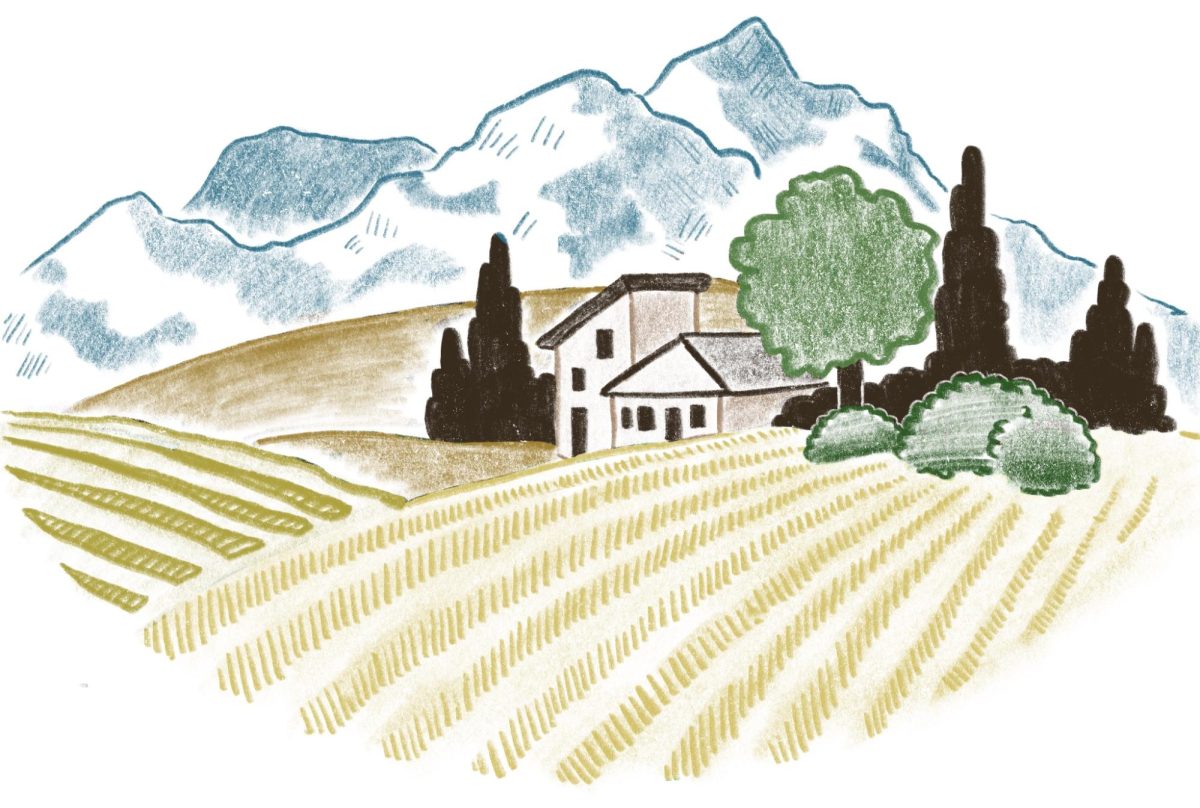
Charlotte • May 6, 2025 at 1:09 pm
While it’s important to reduce invasive plant species, traditionally native plants may no longer be the best choice. Urban soils are different from native soils in terms of chemical and physical composition, compaction, and other factors. Plants may adapt to a changing climate or they may no longer thrive. It’s great to have a variety of plants (including the natives that groups have worked to bring back to campus), but non-invasive ornamentals also have a place in landscapes.